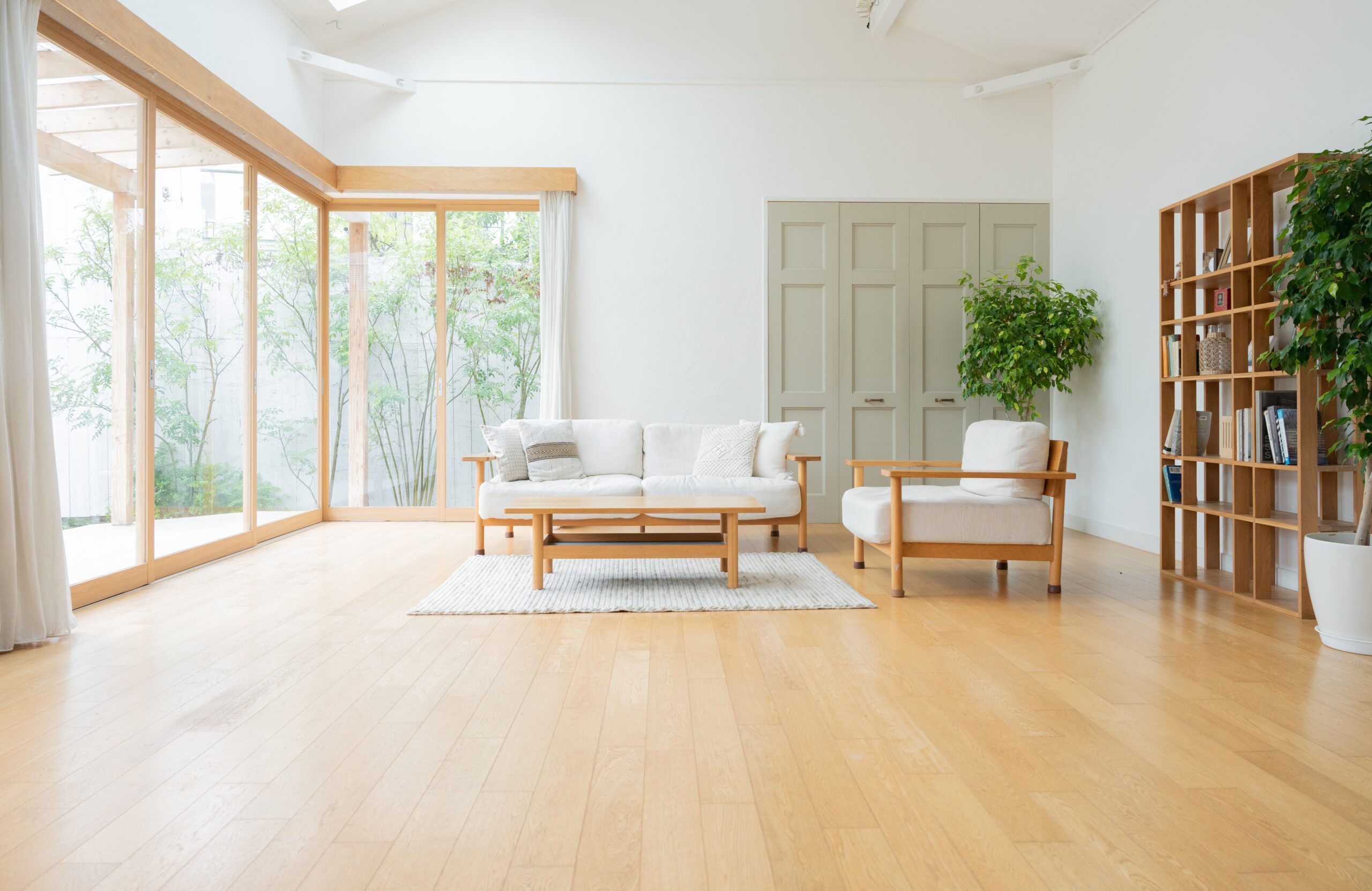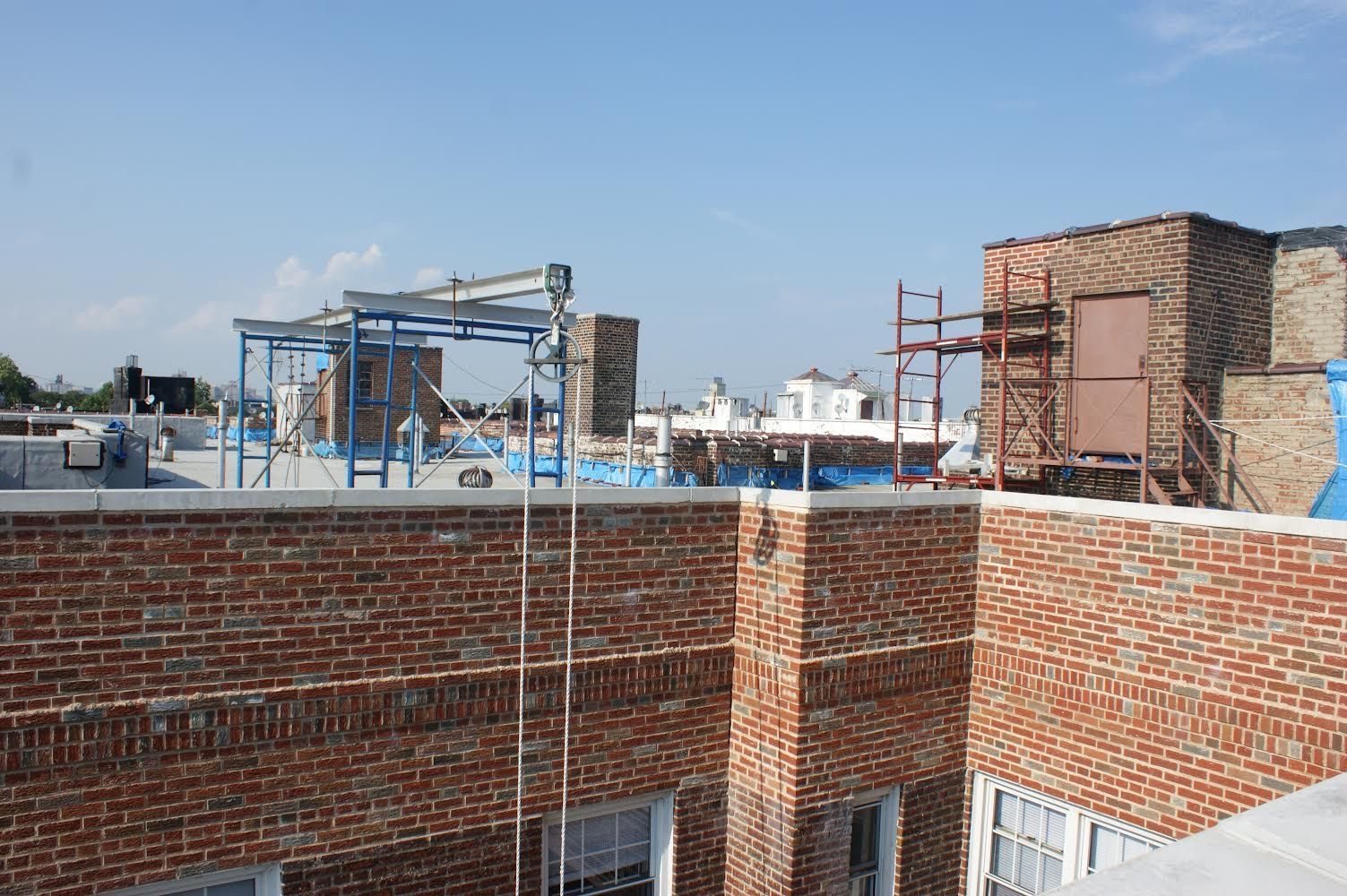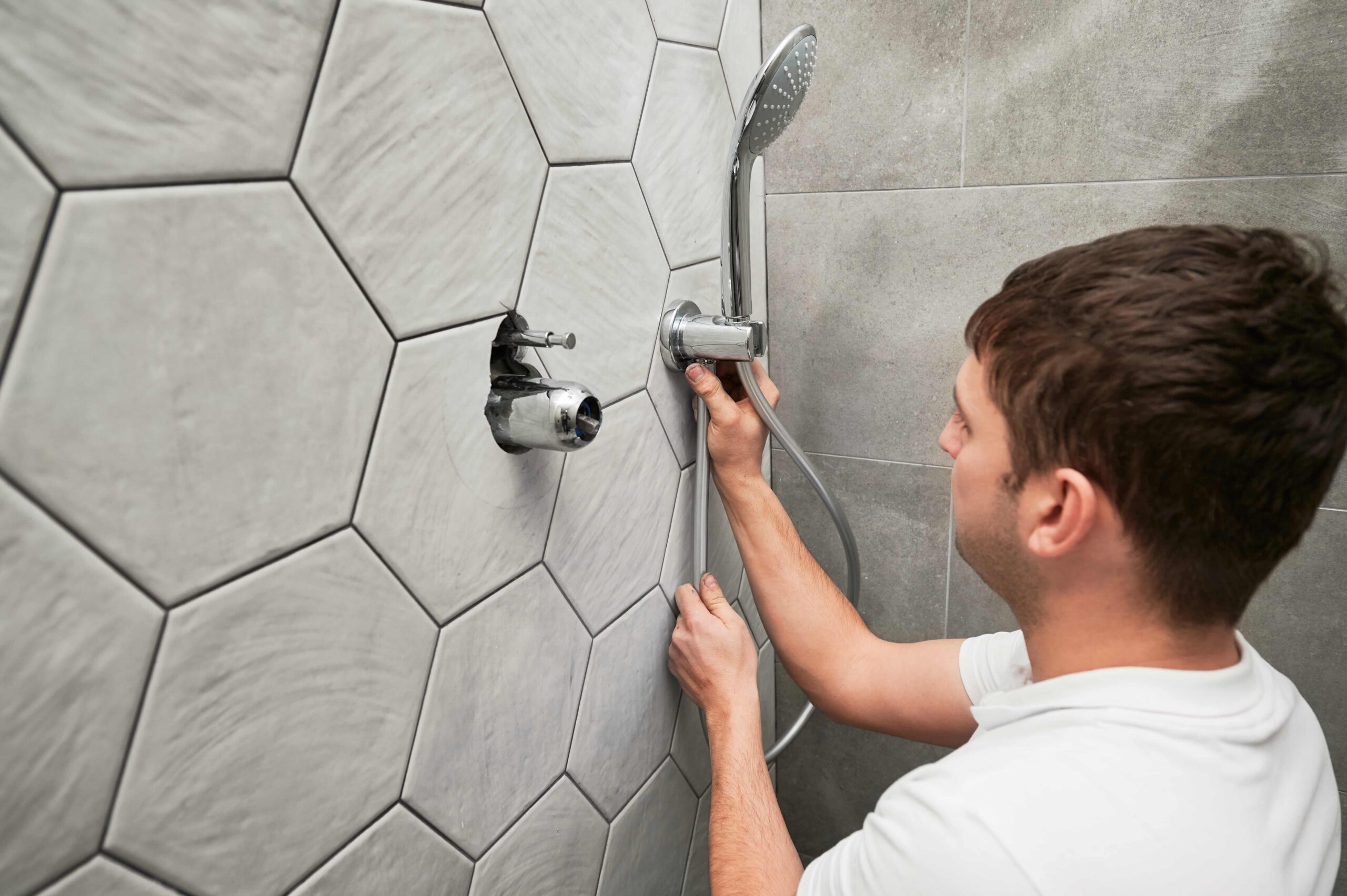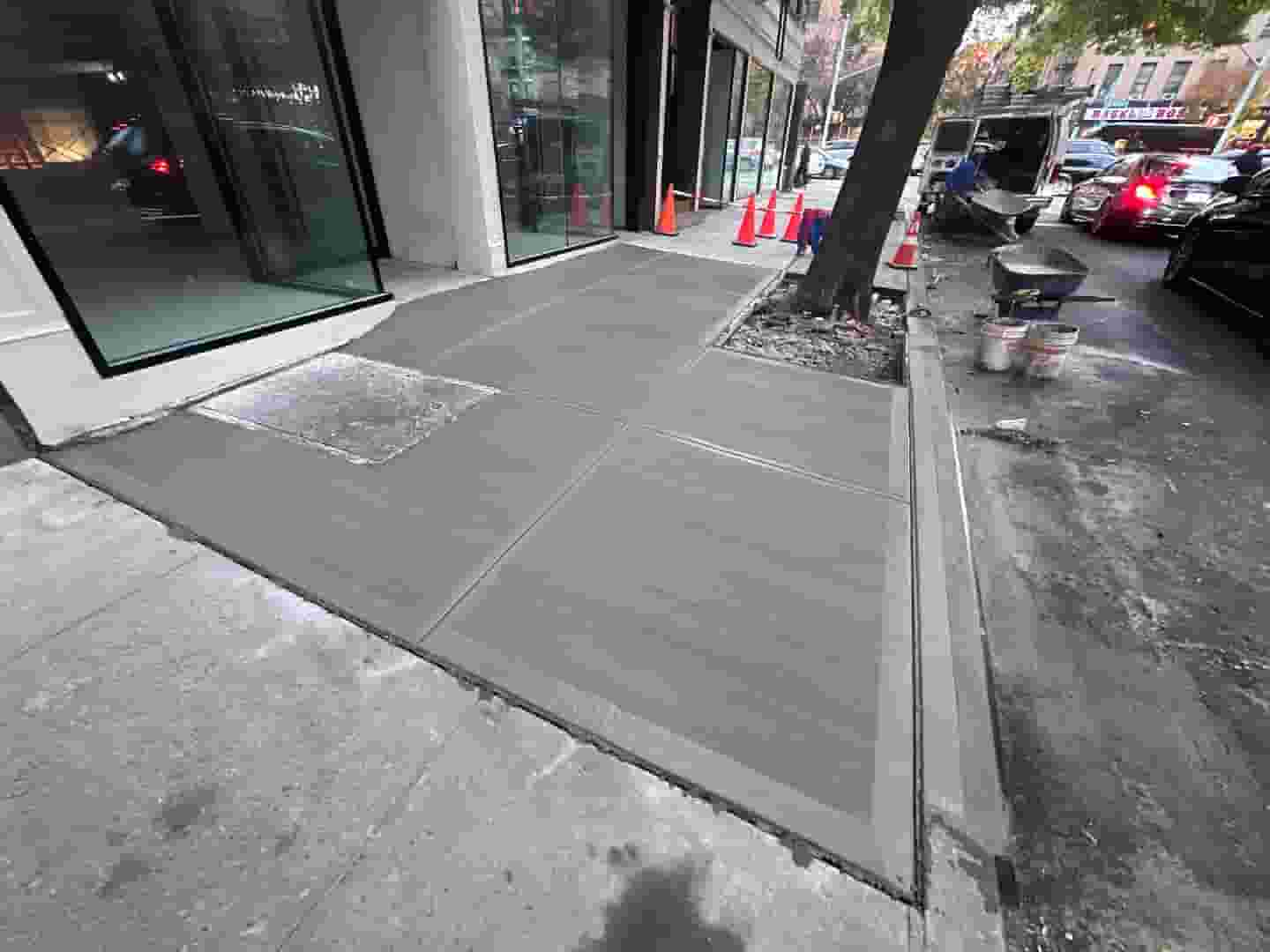
Choosing between these two Italian beauties is like selecting between a quiet symphony and a bold opera—both magnificent, yet entirely different in character. If you’ve ever found yourself mesmerized by those luxurious white slabs with dramatic veining, you’ve encountered either Carrara or Calacatta marble.
While they share the same Tuscan roots, understanding their distinct personalities will transform your renovation from simply beautiful to absolutely perfect for your space.
What Makes Them Different?
Both marbles originate from Italy’s Apuan Alps, but that’s where their similarities end.
Carrara: The Understated Classic
Think of Carrara as marble’s soft-spoken cousin. Its base showcases a gentle light-gray field with subtle blue undertones, while delicate, feathery veins whisper across the surface. These veins blend seamlessly into the background, creating that timeless, understated elegance you’d find in historic Italian villas. It’s been gracing everything from ancient sculptures to modern kitchens for centuries.
Calacatta: The Bold Statement-Maker
Calacatta marble demands attention the moment you walk into a room. Its defining feature? A strikingly white background—the whiter, the pricier—paired with thick, dramatic veining that ranges from deep charcoal and warm beige to luxurious gold tones. Unlike Carrara’s numerous delicate veins, Calacatta features fewer but bolder lines that create stunning high-contrast drama.
The Price Tag Reality
Let’s talk numbers. When comparing Calacatta vs Carrara Marble, your wallet will definitely notice the difference. Carrara typically costs around half the price of Calacatta, though neither qualifies as budget-friendly. Carrara generally ranges from $40-75 per square foot, while Calacatta commands premium pricing between $180-300 per square foot installed.
What drives Calacatta’s premium? Its rarity, whiter background, and those show-stopping veins make it significantly more sought-after.
